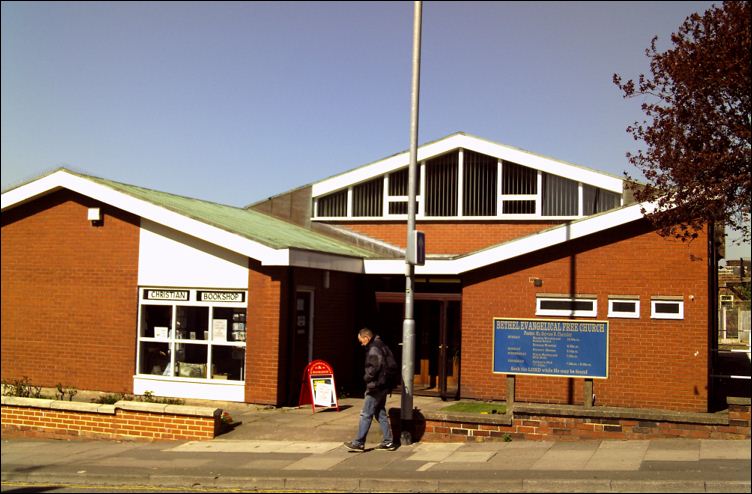Hope Independent (Congregational)
Chapel in New Hall Street was built in 1812 by a group who left the Tabernacle
in Hanley following a dispute about a deacon getting drunk and
falling off his horse in the marketplace.
-
The
first pastor, who was appointed in 1814, was Rev. John Greeves, who
in 1816 left to join the Wesleyan Methodists.
-
Under
his successor, Rev. William Farmer, the Church split, with the
dissident group forming what became Trinity Presbyterian Church, in
Trinity Street.
-
A
succession of pastors served the Hope congregation over the next
century.
In 1930, faced with large repair
bills and declining congregations, Hope Chapel accepted the help of the
evangelist and revivalist Edward
Jeffreys, whose meetings in the Victoria Hall saw packed
crowds and many conversions.
-
The
church became Bethel Temple, Hanley, and a part of Jeffreys' Bethel
Evangelistic Society. Jeffreys supplied pastors to lead the Church,
and converts from the Hanley campaigns filled the old chapel.
-
Due
to changes in his own theological position, Edward Jeffreys
dissolved the Bethel Society in 1939.
The Hanley Bethel soldiered on
under the leadership of Pastor E.J Vernon until his sudden and
unexpected death in the vestry on 20th January 1953.
- Pastor Vernon was followed by Pastor
Archie Mead, under whose leadership the church was renamed Bethel
Evangelical Free Church, and became a member of the Fellowship of
Independent Evangelical Churches (FIEC). After he left in 1963 to
take over a new church in Feltham, Paul Brown became pastor.
During Paul Brown's pastorate,
in 1975, excavations for the Tesco underground car park next to the
church undermined the foundations, and the old building became unsafe
and had to be demolished. The current building was opened in 1977. The
current pastor (2016) is Mr. Gervase Charmley.
information supplied by:Gervase
Charmley
a book on the history of
the church is available on Amazon or at the church book shop
- The
Hope In Hope Street: 200 Years in Hanley -
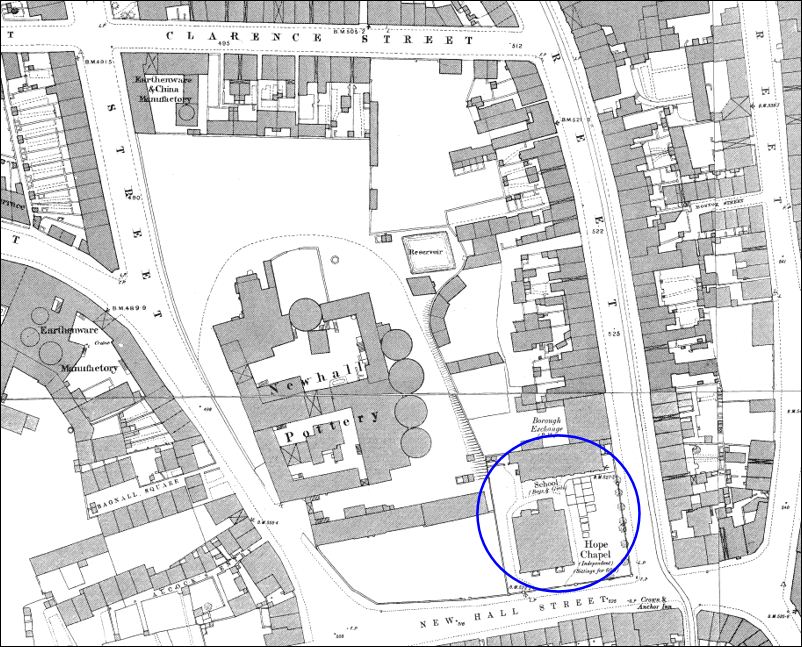
1880 map showing Hope Chapel
on the corner of New Hall Street and Hope Street, Hanley
The Church
began in 1810, when a dispute in the Tabernacle Congregational Church in
the High Street (now called Town Road) led to a group leaving that
Church to set up their own. They started off worshipping in a temporary
building while they found a permanent home.
At the
time the Shelton New Hall estate was being divided up and sold off by
the owners of the New Hall Pottery works. The new Church purchased the
Hall Meadow, next to the Pottery works, and built a handsome new chapel,
which they named Hope. The chapel was opened on 7th October 1812, with
the Rev. William Roby, the leading Congregational minister in
Manchester, presiding.
Sentinel
newspaper, 27 September 2012
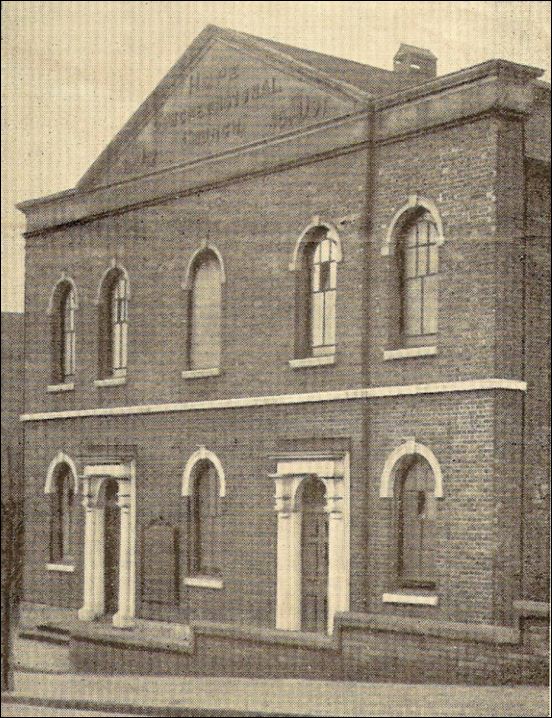
Hope Congregational
Church
picture from a 1950's church magazine
|
This
second Congregational church (in Hope Street) was formed when a number of members seceded from
The Tabernacle (in the High Street) after the expulsion of one of the deacons for drunkenness.
After worshipping for some years in a temporary building, this group built a chapel for themselves in Hope Street
which was opened in October 1812 and seated 600. Attendance averaged about 70 in 1851.
Alterations and renovations were carried out in 1891.
The church declined after 1938, and in 1945 the chapel was let as the Hanley Bethel Temple to the Evangelical Free Church.
It
was a two-story red-brick building with stone dressings fronting upon New Hall Street. A stone pediment
bore the words '1812 Hope Congregational Church 1891', the latter date presumably referring to the alterations of that year. Twin doorways of the original date have semicircular fanlights and are flanked by Tuscan pillars. There
was a schoolroom behind, erected in 1835, also of red brick. In 1840 about 300 children attended the school,
but in 1851 only about 80.
'The
city of Stoke-on-Trent: Protestant Nonconformity',
in A History of the County of Stafford:
Volume 8, ed. J G Jenkins (London, 1963), pp. 276-307 http://www.british-history.ac.uk/vch/staffs/vol8/pp276-307
[accessed 1 January 2016].
|
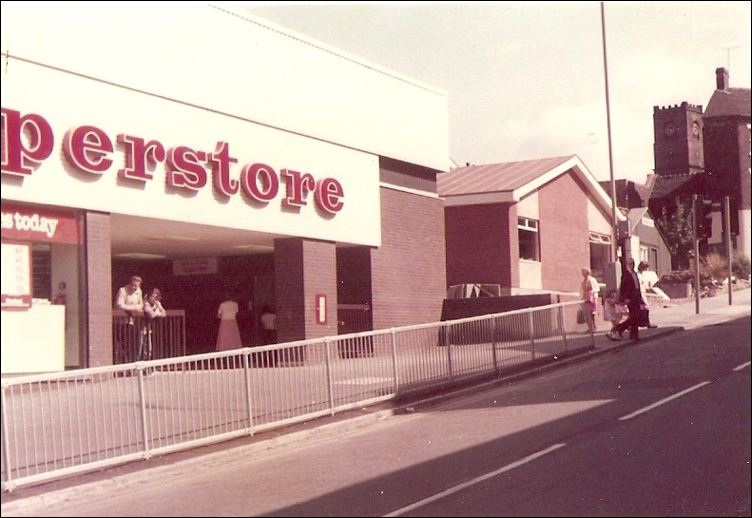
the new Bethel church
nearing completion next to Tesco in about 1977
this picture
is from Newhall Street - in the background can be seen the tower of St.
John's Church

Bethel Evangelical Free
Church (top, centre) next to Tesco
- Bing Maps -
In 1975, excavations for
the Tesco underground car park next to the church undermined the
foundations, and the old building became unsafe and had to be
demolished.
The current building was opened in 1977
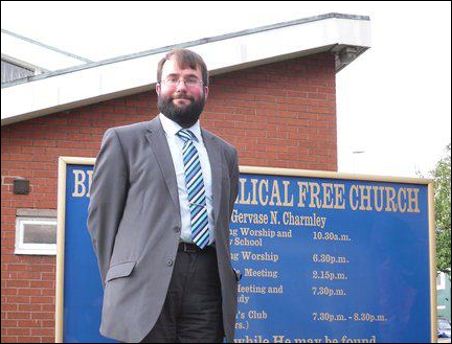
The current pastor is Mr.
Gervase Charmley
2010 to present (Jan 2016)

Paul Brown was pastor
1966-1994
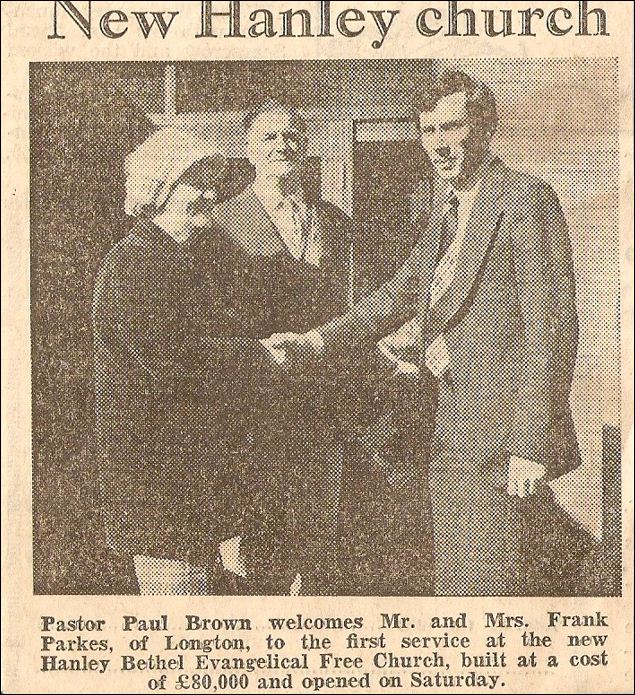
the Evening Sentinel
newspaper - 1977

Pastor Mead and his
wife Ethel.
Archie Mead was pastor 1953-1963
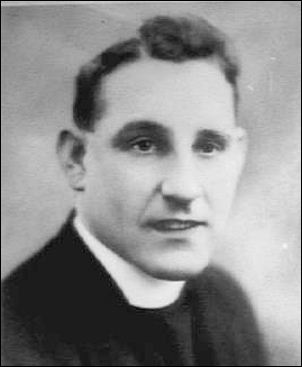
Pastor Vernon served from
1934-1953

Richard Henry Smith was
pastor 1860-1864

Robert Macbeth was pastor 1845-1851
though this picture shown him in later life
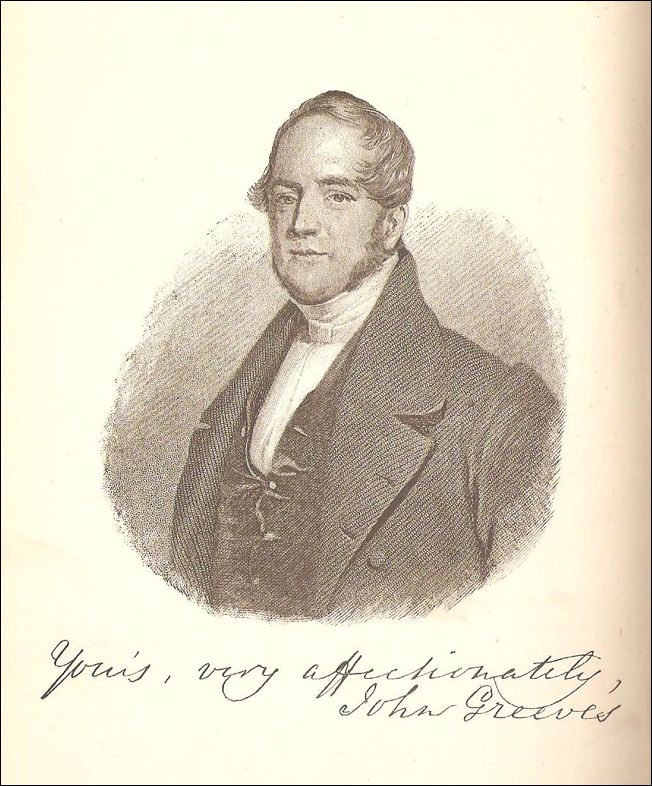
John
Greeves, the first pastor, who served 1814-16
John Greeves, had
been pastor at the Congregational Church in Buxton beforehand,
after he left he joined the Methodist ministry.
|
